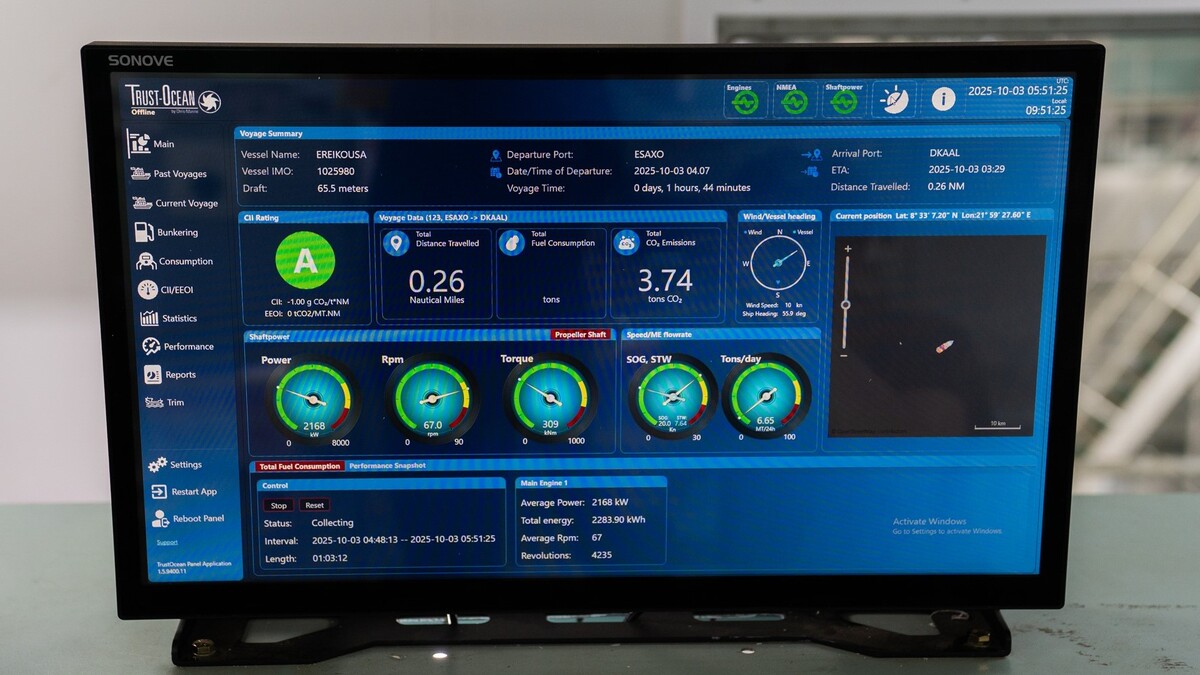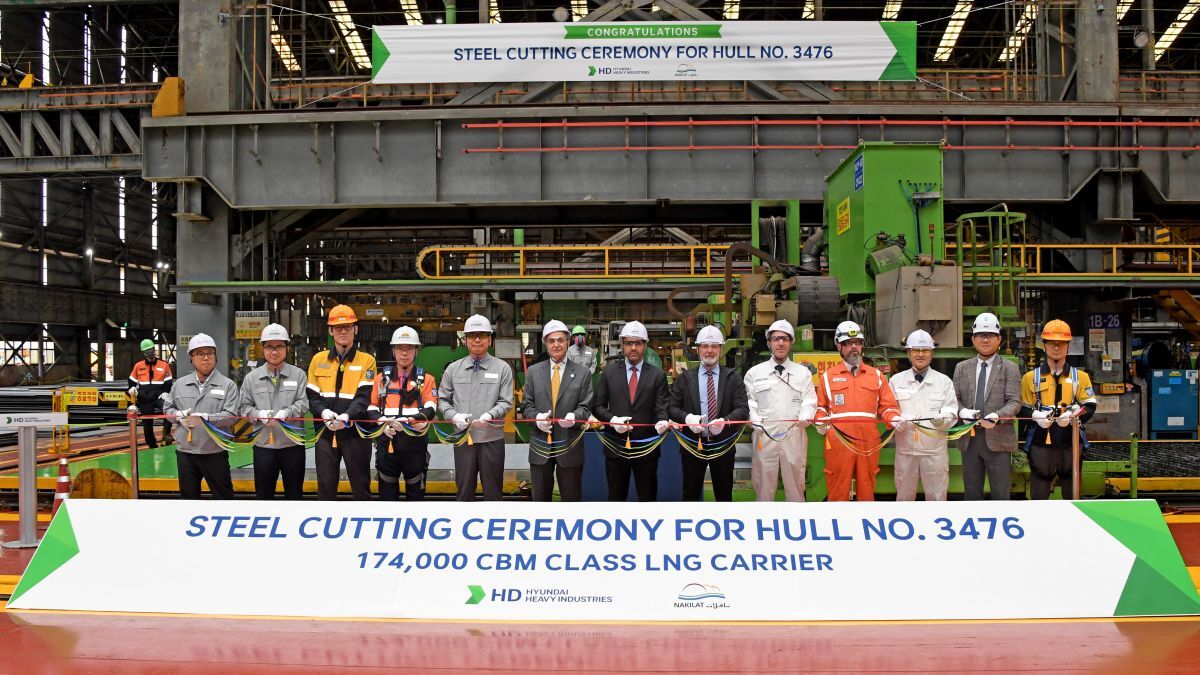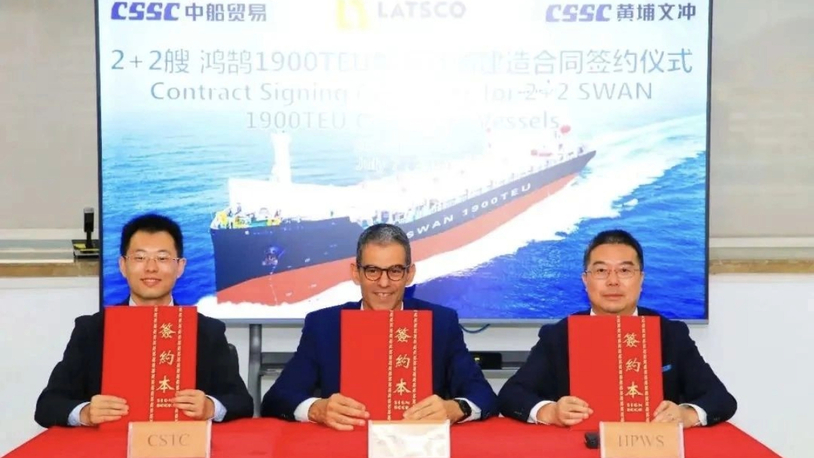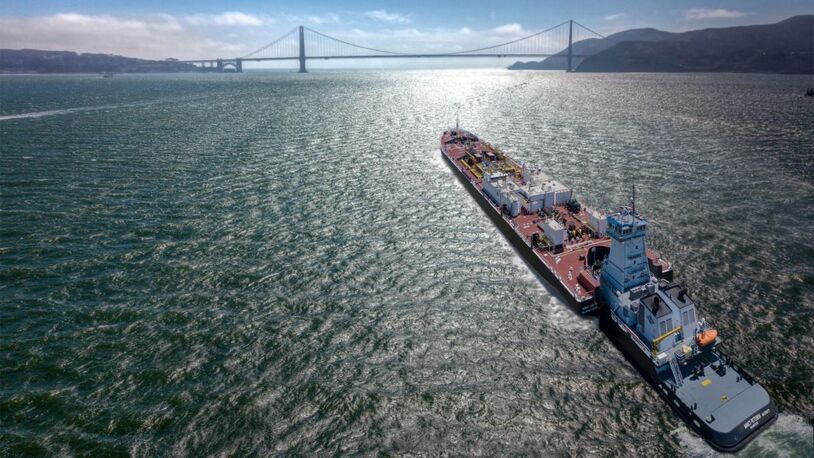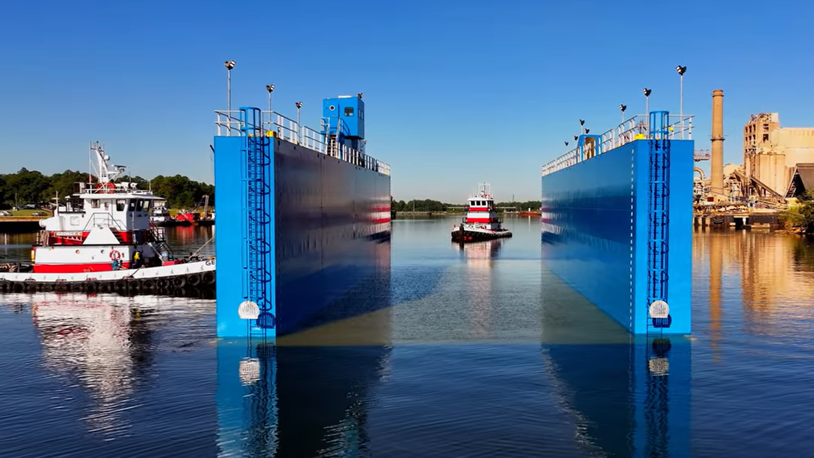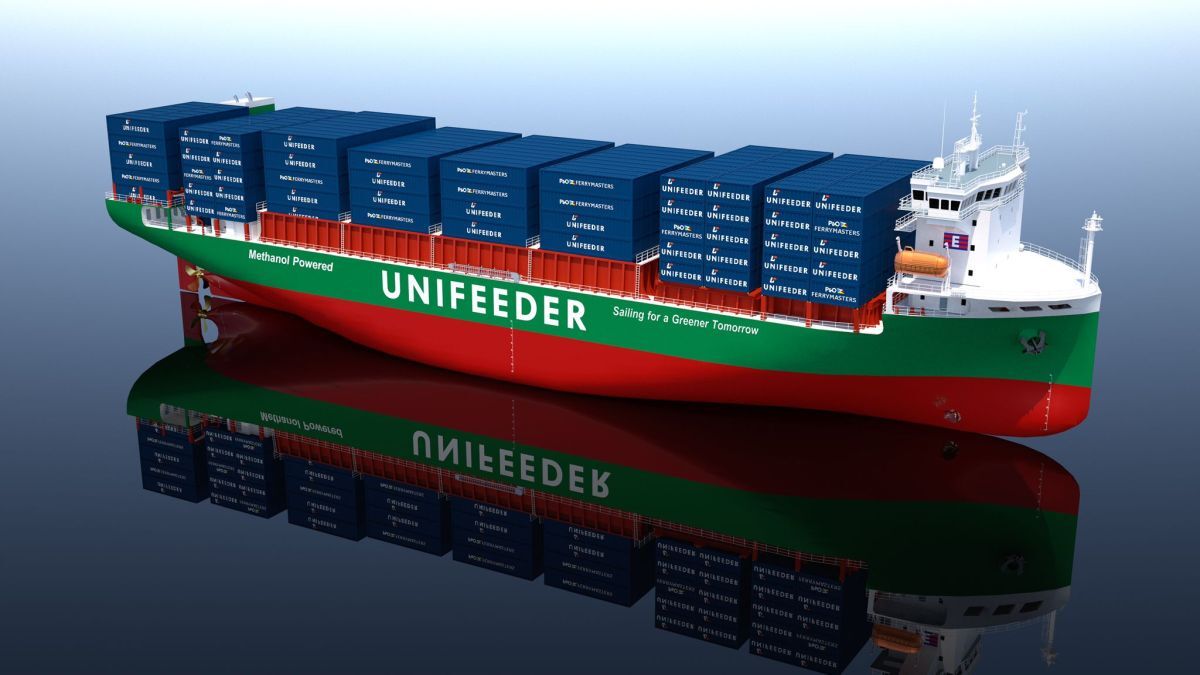Business Sectors
Events
Ship Recycling Webinar Week
Contents
Register to read more articles.
Keeping container fires at bay
As container vessels continue to grow, so does the risk of an onboard fire in the boxes they carry. The shipping industry is exploring ways to detect, suppress and tackle onboard container fires, including support vessels with firefighting capabilities and well-trained crew
Container ship fires are becoming more complex and, worryingly, more prolific. According to the German insurer Allianz’s Safety and Shipping Review 2022, more than 70 major fires have been reported on container ships since 2017, with 40 in 2019 alone. Misdeclaration of hazardous cargo has been cited as the commonest cause.
As container ships’ container stacks continue to get higher and higher, the risk of bigger, more devastating fires increases proportionately. The risk is not limited to the vessel, its cargo and its crew. If a container fire spreads, it can lead to a total loss, in addition to potential environmental and salvage costs.
It is therefore in the best interests of all parties to catch container fires early. From vessel owners and operators to insurers and ship agents, the shipping industry is finding effective ways to detect, suppress and tackle fires on board container vessels that can be implemented internationally.
The Danish Institute of Fire and Security Technology is leading a Europe-wide study that is examining the safety of container vessels and their potential exposure to onboard fires. Known as CARGOSAFE, it is working with major container shipping lines, flag states and equipment suppliers to cover all areas of onboard fire safety: prevention, detection, containment and firefighting. The DBI will then recommend potential solutions to the International Maritime Organization (IMO), hoping its recommendations can be implemented as part of onboard safety strategies.
Onboard detection
But identifying the source of a container ship fire is the nautical equivalent of a needle in a haystack. A spontaneous outbreak could be sparked at the top of a stack or buried deep in the cargo hold.
Detection times are therefore critical when it comes to preventing the initial spread of a cargo fire.
“The sooner you can detect and start fighting an onboard fire is what can make the difference on how to handle it,” says CARGOSAFE project manager Anders Kristensen, on the International Union of Marine Insurer podcast. “Delayed detection will hamper any firefighting effort and will allow for the fire to spread out of control.”
While container ships have fire, smoke and heat detectors installed as standard practice, carriers are also turning to smart container technology, not only to bolster the overall supply chain but to help identify fires.
There is also the hope the technology can advance to a point where misdeclared cargo can be identified from the outset, enabling seafarers, ports or ship agents to spot and remove potentially hazardous material before a vessel leaves berth.
Containing fires
With the best effort in the world, however, fires on board container vessels can still happen. At that point, the key focus is on the best ways to tackle and suppress the blaze which can be compounded when hazardous chemicals are part of a container stack.
Onboard firefighting capabilities are the first point of call. Container vessels must have adequate equipment on board, such as fire dampers, hydrants and pumps, that can extinguish a fire before it gets out of control.
However, seafarers are not professional firefighters and lack the capabilities of a land-based response team. If a container vessel fire spreads too quickly, the risk then turns to the lives of those on board instead of the cargo.
Firefighting support
In such incidents, adequate levels of support are paramount.
Last year, global shipping, logistics and marine services provider GAC added a new anchor-handling tug Yevin to its fleet in Sri Lanka. While predominantly an offshore support vessel, fully equipped Yevin has been fitted with state-of-the-art firefighting equipment that can tackle fires on both container vessels and tankers.
Fi-Fi Class 1 Yevin is fitted with two firefighting monitors and two pumps capable of dispersing water from 120 m up to a height of 45 m. The vessel also has an inbuilt foam applicator to tackle oil fires, with a total tank capacity of 11 m3.
One of the most powerful and advanced tugs under GAC’s fleet of support vessels, Yevin operates out of Sri Lanka, an area that is no stranger to major container fires.
In May 2021, Singapore-registered container vessel X-Press Pearl caught fire off the west coast of Sri Lanka for 12 days before sinking after it was believed the fire had been contained. The sinking of the vessel, carrying 1,486 containers, 81 of which were labelled as hazardous, caused an ecological disaster, spilling plastic pallets into the Indian Ocean.
“GAC Sri Lanka stepped in by providing various levels of support, from agency and protection and indemnity services to logistics and marine services using its multipurpose fleet. The team co-ordinated with the multiple parties involved to ensure smooth emergency response and recovery,” says GAC Sri Lanka director and chief executive Ravi Edirisinghe.
“Yevin has boosted our ability to provide effective firefighting and emergency response services, both along Sri Lanka’s coastline and in international waters,” explains GAC Sri Lanka general manager for chartering and tug operations Mohan Rodrigo.
“GAC Sri Lanka owns and manages the largest offshore support vessel fleet in the country, and we’re looking to make that fleet bigger and more effective to assure our customers and other vessels operating in the area we can provide necessary levels of support in the event of a container ship fire,” adds Mr Mohan.
GAC’s launch services are ISM and ISPS compliant and supported by STCW95-licensed crew who are trained in emergency response and incident management support. Regular drills and rigorous training ensure they are fully conversant with HSSE procedures and equipped to respond to fires and more.
Global shipping lines have been installing onboard firefighting detection and suppression methods since the 1970s. Still, there is concern the vessels and regulations are not keeping up with new technologies or doing enough to tackle misdeclared cargo. While changing rules at an international level takes time, there appears to be a growing willingness in the industry to start taking this issue more seriously.
In the short term, however, container lines have a duty to ensure their vessels have the necessary detection and suppression equipment to tackle onboard container fires. Looking forward, with the use of new technologies and onboarding digitalisation, misdeclared cargo can be detected earlier, and container fires can become less frequent and more manageable.
Riviera Maritime Media’s TUGTECHNOLOGY returns 23-24 May 2023 in Rotterdam, the Netherlands. Use this link for further information and to register your interest
Related to this Story
Events
Ship Recycling Webinar Week
International Bulk Shipping Conference 2025
Tankers 2030 Conference
Maritime Navigation Innovation Webinar Week
© 2024 Riviera Maritime Media Ltd.

